How women lived in Eastern harems, or what is not told in romantic films
Categories: History
By Pictolic https://pictolic.com/article/how-women-lived-in-eastern-harems-or-what-is-not-told-in-romantic-films.htmlAt the word "harem" most people come up with colorful pictures-an abundance of seductive half-dressed women, gurgling water fountains, sweet wine and constant bliss. In general, a heavenly pleasure. But do not forget that the times when there were harems were cruel, and the life of a woman was even harder.
So, in fact, the sultan's harems were far from this idealistic picture.

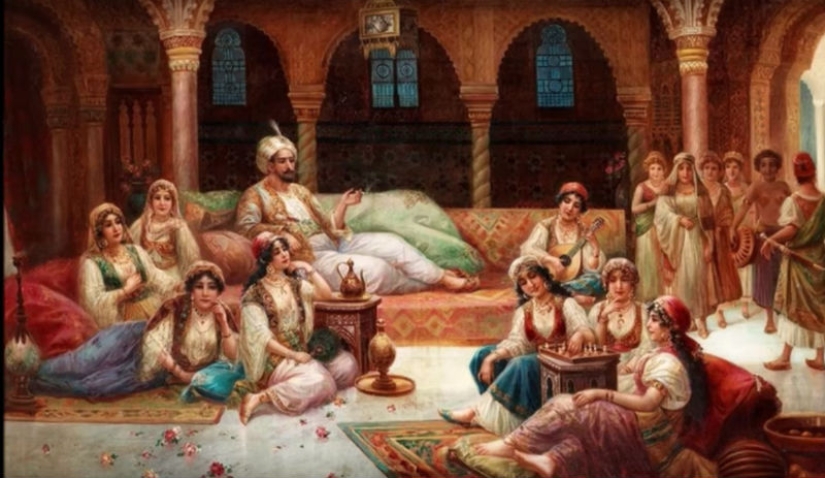
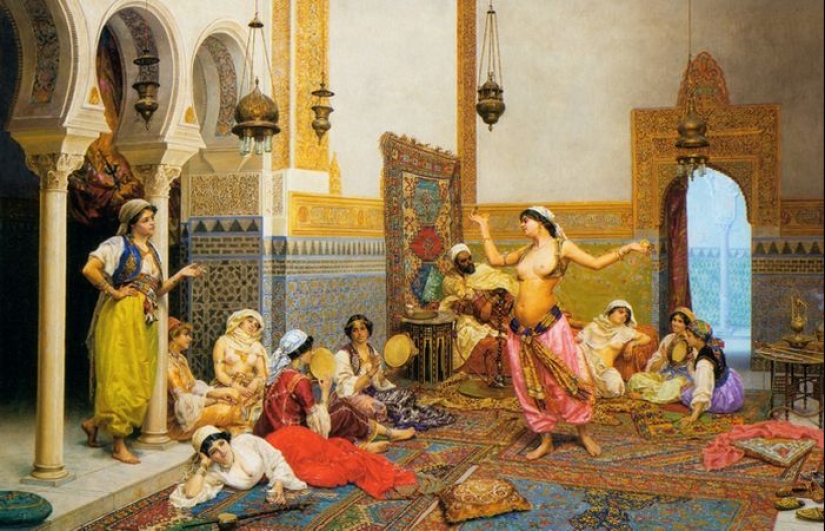
In Arabic, "harem" means "separated, forbidden". This place in the house was always hidden from prying eyes and carefully guarded by servants. Women lived in this secret room. The main one among them was either the wife who was honored to marry first and held a high title with her betrothed, or eunuchs.
Often in the sultan's harems there were a huge number of women, the number of which could reach several thousand. Wives and concubines for the sultan were always chosen by his mother — this is a strict rule. It was very easy to be in a harem — you just had to be a beautiful young virgin. But even in the harem, not everyone managed to establish a relationship with their "husband" and give him an heir.
Such high competition among wives allowed only the most intelligent, calculating, dexterous and cunning women to advance among the first. Those who did not possess such gifts were doomed to perform household duties and service the entire harem. They might never see their betrothed in their entire lives.
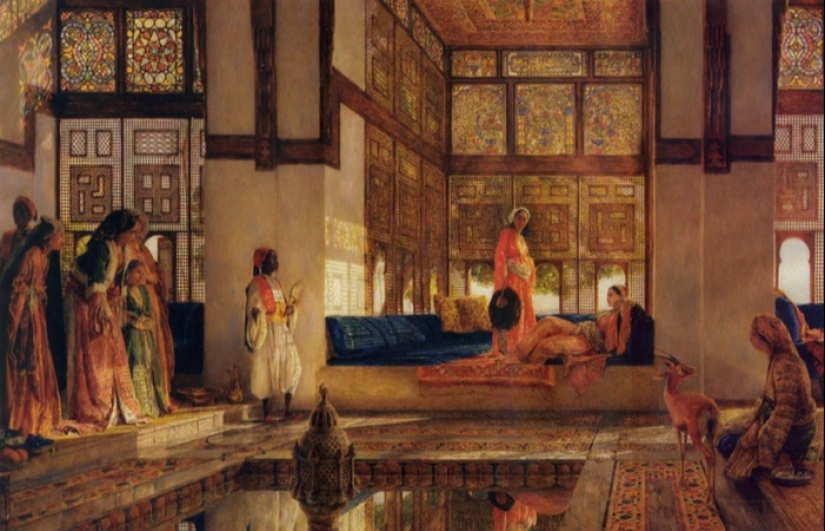
There were special rules in the harems that could not be broken. So it was not nearly as romantic as, for example, in the popular TV series "The Magnificent Century". The lord could get carried away with a new girl, and those who were blindsided could be executed. Moreover, the methods of violence were striking in their cruelty.
One of the options to get rid of the annoying wife is to immerse her in a leather bag with snakes, tie it tightly, tie a stone to the bag and throw it into the sea. An easy method of execution is strangulation with a silk cord.
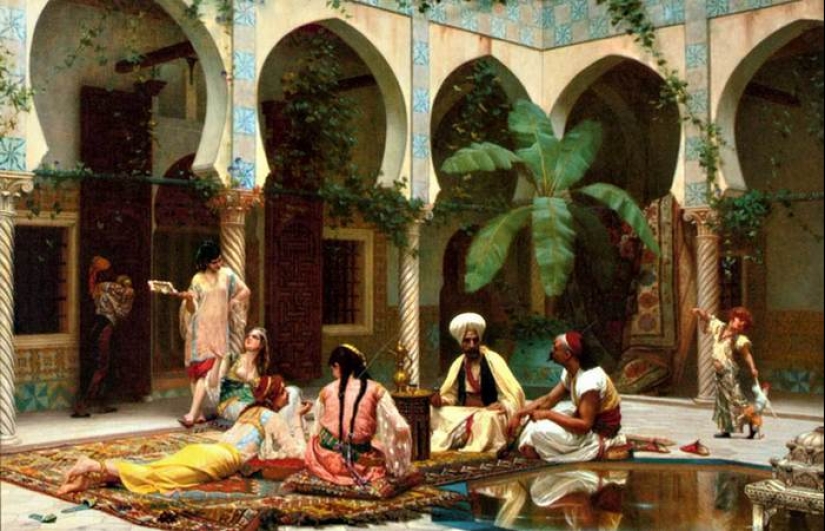
Laws in the harem and the State
According to the documents, the first harems originated in the Ottoman Empire. Initially, it was formed exclusively from slaves, and the sultans took only the heiresses of the Christian rulers of the states located in the neighborhood as wives. However, during the reign of Bayezid II, the usual attitudes changed. From that time on, the sultan did not limit himself to marriage at all, and children were acquired from his slaves.
Undoubtedly, the most important in the harem was the sultan, then in the chain of hierarchy was his mother, called "walide". When the ruler of the country changed, his mother necessarily moved to a luxurious mansion, and the process of moving was accompanied by a chic procession. After the sultan's mother, the main ones were his betrothed, who were called "kadyn-effendi". Then came the disenfranchised female slaves, called "jariye", who often filled the harem.

The Caucasian princes wanted their daughters to be in the Ottoman harem of the sultan and marry him. As they put their daughters to bed, the caring dads sang songs to the little ones about the happy fate, the gorgeous fairy-tale life they would find themselves in if they were lucky enough to become the sultan's wives.
Future slave masters could buy when the little girls were five or seven years old, they brought them up and raised them until puberty, that is, until the age of 12-14 years. The girls ' parents gave up their rights to their child in writing after they voluntarily sold their daughter to the Sultan.
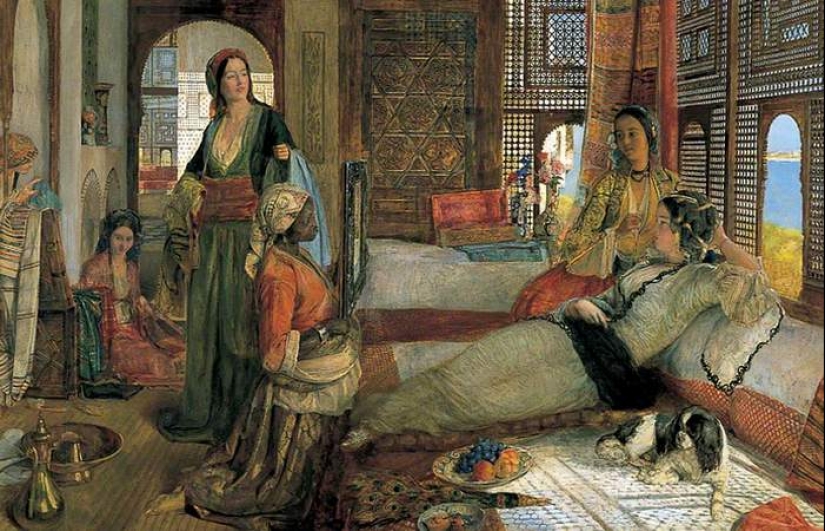
While the baby was growing up, she learned not only all the rules of social communication, but also how to give a man pleasure. Upon reaching adolescence, the grown-up girl was shown in the palace. If a slave was found to have defects in her appearance or body, if she never learned etiquette and showed bad behavior, then she was considered unfit for the harem and cost less than others, so her father was paid less than what he had expected.
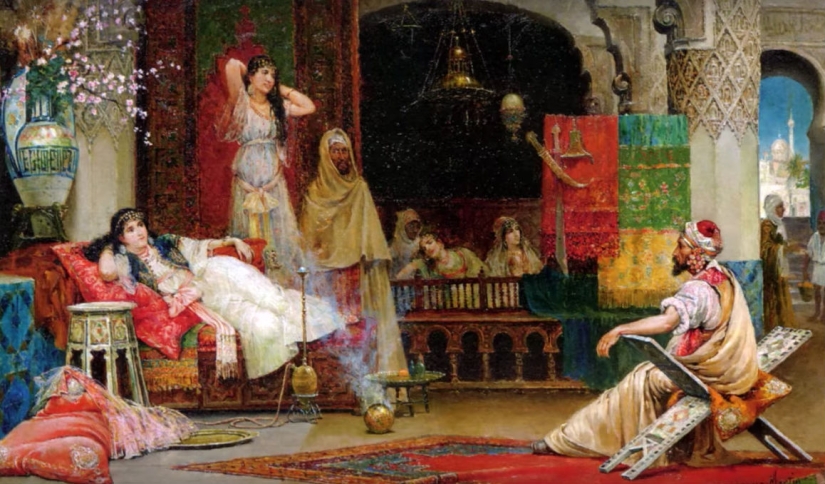
Everyday life of slaves
The lucky girls, whom the sultan was supposedly thinking of taking as his concubines, had to know the Koran perfectly well and master the wisdom of women. And if a slave still managed to take the place of honor as a wife, her life changed radically. The sultan's favorites were engaged in the organization of charitable foundations, financed the construction of mosques. They revered Muslim traditions. The sultan's wives were very clever. The high intelligence of these women is confirmed by letters that have survived to our times.
The concubines were treated with relative dignity, well cared for, and regularly given gifts. Every day, even the simplest slaves received a payment, the amount of which the sultan personally set. On holidays, whether it was a birthday or someone's wedding, the slaves were given money and various gifts. However, if the slave was disobedient, regularly violated the established orders and laws, the punishment for her was severe — severe beating with whips and sticks.
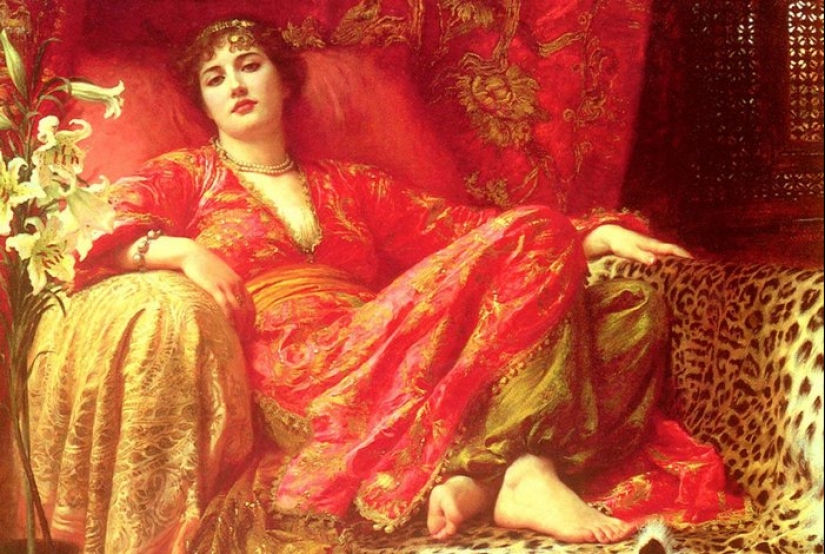
Marriage and adultery
After 9 years of living in the harem, the slave received the right to leave it, but on condition that the master approves it. In the case of a positive decision of the sultan, the woman received a paper from him that she was a free person. In this case, the Sultan or his mother necessarily bought her a luxurious house, gave her an additional dowry, and looked for a husband.
Well, before the advent of paradise, especially passionate concubines began intimate relationships with each other or with eunuchs. By the way, all the eunuchs were imported from Africa, so they were all black.
This was done for a specific purpose — so it was not difficult to identify the person who had committed adultery with the servant. After all, in the case of pregnancy, dark-skinned babies were born. But this happened very rarely, because often the slaves got into the harem already castrated, so they could not have children. Concubines and eunuchs often had love affairs. It even went so far that women who left the harem left their new husbands, complaining that the eunuch gave them much more pleasure.
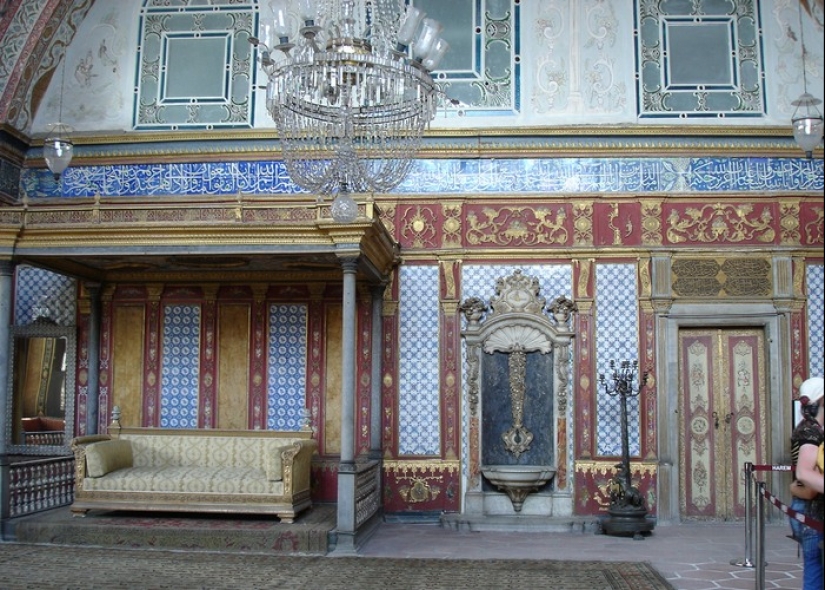
Roxolana
Up to the XVI century, girls from Russia, Georgia, Croatia and Ukraine came to the harem. Byazid tied the knot with a Byzantine princess, and Orhan-gazi chose to marry the daughter of the Emperor Constantine — Princess Caroline. But the most famous sultan's wife, if you believe the legends, was originally from Ukraine. Her name was Roxolana, and she had been Suleiman the Magnificent's betrothed for 40 years.
According to the literary works of that time, Roksolana's real name is Anastasia. She was the daughter of a priest, and she was beautiful. The girl was preparing for the wedding, but shortly before the celebration was kidnapped by the Tatars and sent to Istanbul. There, the would-be bride found herself in a Muslim market where the slave trade took place.
As soon as the girl found herself within the walls of the palace, she converted to Islam and learned the Turkish language. Anastasia was particularly cunning and calculating, so through bribes, intrigues and seduction in a short time got to the young Padishah, who was attracted to her, and then married. She gave her husband three healthy heroes, among whom was the future Sultan-Selim II.

In modern Turkey, there are no more harems, the latter disappeared in the early twentieth century. A museum was subsequently opened in its place. Nevertheless, polygamy is still practiced among the elite today. Young 12-year-old charmers against their will are given in marriage to the age-rich. This is mainly done by poor parents who do not have enough money to feed a large number of children.
In the United Arab Emirates and in a number of other Muslim countries, polygamy is legalized, but it is allowed to have no more than four wives at the same time. All the same law imposes on a polygamous man the duty of decent maintenance of his ladies and children, but not a word is written about respect. Therefore, despite the beautiful life, wives are often kept in extreme strictness. In the event of a divorce, the children always stay with their father, and the mothers are forbidden to see them. This is the price to pay for a comfortable and luxurious life with an influential Arab man.
Keywords: History | Women | East | Men | Wife | Polygamy | Sultan | Harem
Post News ArticleRecent articles

Most of us think that the color of the eggshell does not play any role and it is possible not to pay attention. But it's not and ...

The more we rely on technology, the more potential power hackers gain over us. It doesn't matter if their goal is to help or cause ...
Related articles

The Mongols seized in the 13th and 14th centuries, a large part of the Eurasian continent, was a force which could not to resist ...

A music album is not only a collection of tracks, but also an example of fine art. Each cover carries a certain meaning, and behind ...

In November 69 BC, she was born Cleopatra, the last Queen of Egypt from the Macedonian dynasty of the Ptolemies. Cleopatra, perhaps ...

Creating a good portrait is one of the most difficult tasks for any photographer. In order to make a really natural and memorable ...